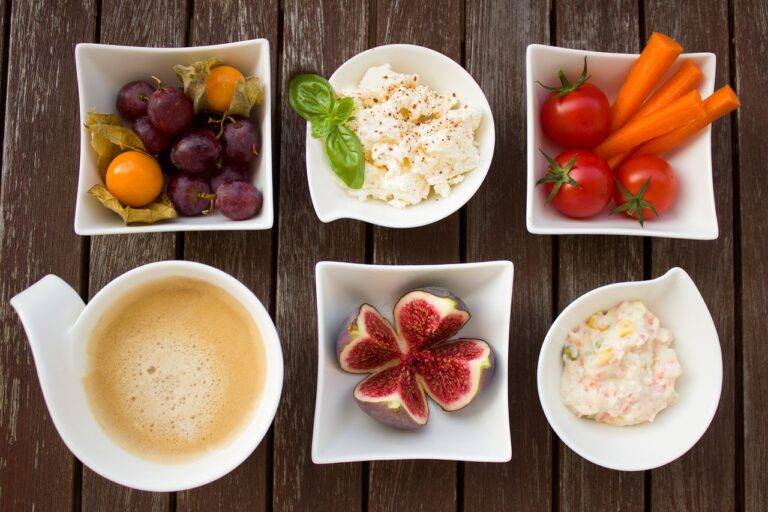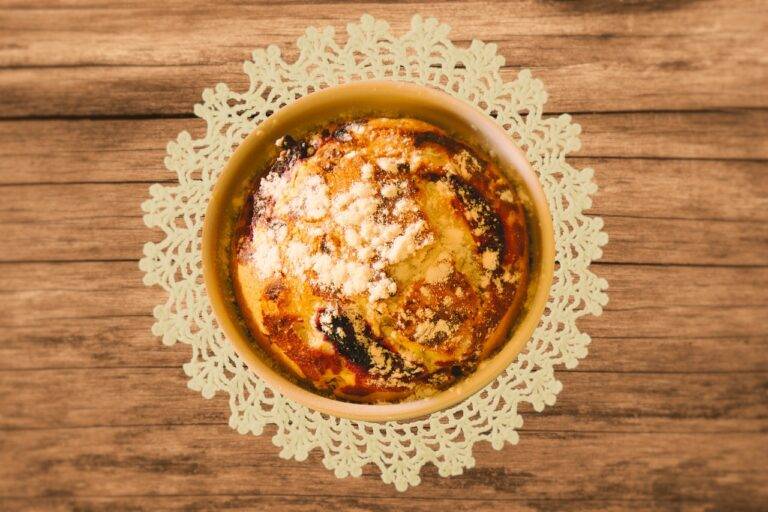The Intersection of Food and Culture: Exploring Culinary Traditions Around the World
Italy is renowned for its diverse and mouthwatering traditional cuisine that varies greatly from region to region. Each area boasts its own unique delicacies and cooking techniques that have been passed down through generations. From the hearty pasta dishes of the south to the rich risottos of the north, Italian food is a celebration of fresh, high-quality ingredients and simple yet delicious flavors.
One of Italy’s most beloved traditional foods is pizza, a dish that has achieved worldwide fame. Originating from Naples, pizza is typically made with a thin crust topped with tomato sauce, mozzarella cheese, and various toppings such as fresh basil, mushrooms, or prosciutto. Italians take great pride in their pizza-making skills, with each pizzeria claiming to have the best recipe and techniques handed down from their ancestors.
Culinary Customs in Japan
Japanese culinary customs are deeply rooted in tradition and cultural practices that have been passed down through generations. Meal times are seen as significant occasions for not only nourishment but also for socializing and bonding with family and friends. It is common for the Japanese to offer a polite “itadakimasu” before beginning a meal as a sign of gratitude.
In Japanese culture, it is considered impolite to leave food on your plate as it is a sign of wastefulness. It is encouraged to finish everything on your plate as a way to show appreciation for the meal. Additionally, slurping noodles such as ramen or soba is perfectly acceptable in Japan and is even seen as a compliment to the chef. This noisy slurping is believed to enhance the flavors of the dish and is a common practice in Japanese dining etiquette.
What are some traditional foods in Japan?
Some traditional foods in Japan include sushi, tempura, ramen, and mochi.
What are some popular culinary customs in Japan?
Some popular culinary customs in Japan include slurping noodles to show appreciation, saying “Itadakimasu” before a meal, and using chopsticks instead of forks and knives.
How important is presentation in Japanese cuisine?
Presentation is very important in Japanese cuisine, as it is believed that food should not only taste good but look appealing as well.
What is the significance of the tea ceremony in Japanese culture?
The tea ceremony, or chanoyu, is a traditional ritual in Japan that emphasizes hospitality, respect, and tranquility. It is a way for people to connect and appreciate the simplicity of life.
Are there any specific etiquette rules to follow when dining in Japan?
Yes, some etiquette rules to follow when dining in Japan include not sticking chopsticks upright in rice, not passing food from chopstick to chopstick, and not blowing your nose at the table.





